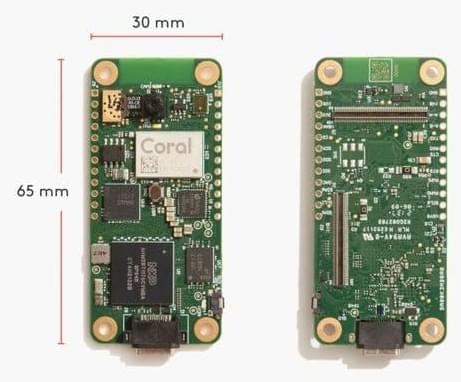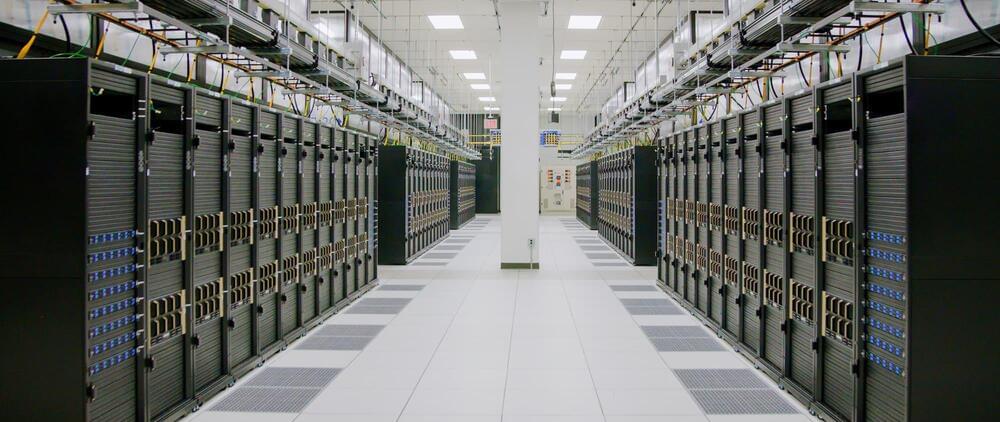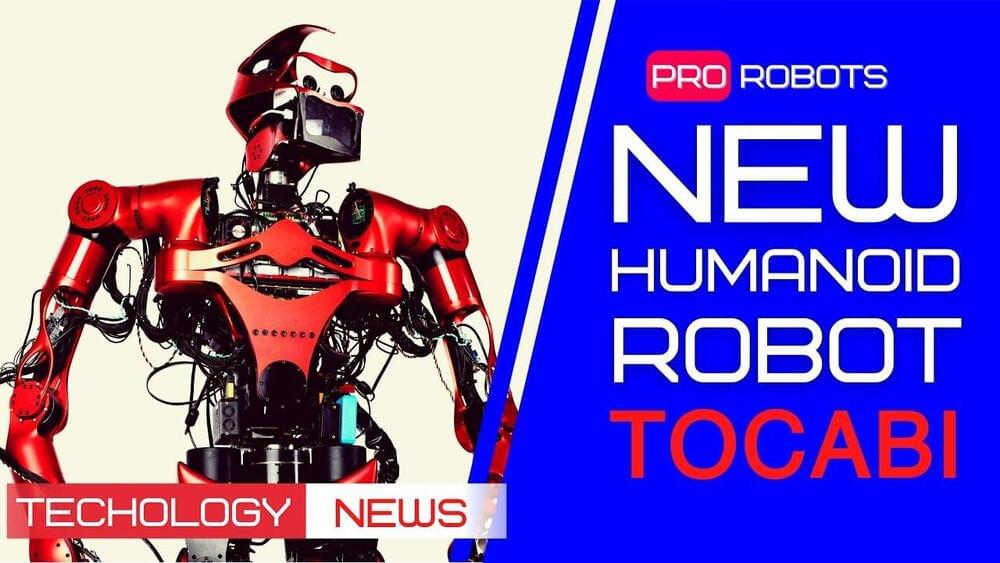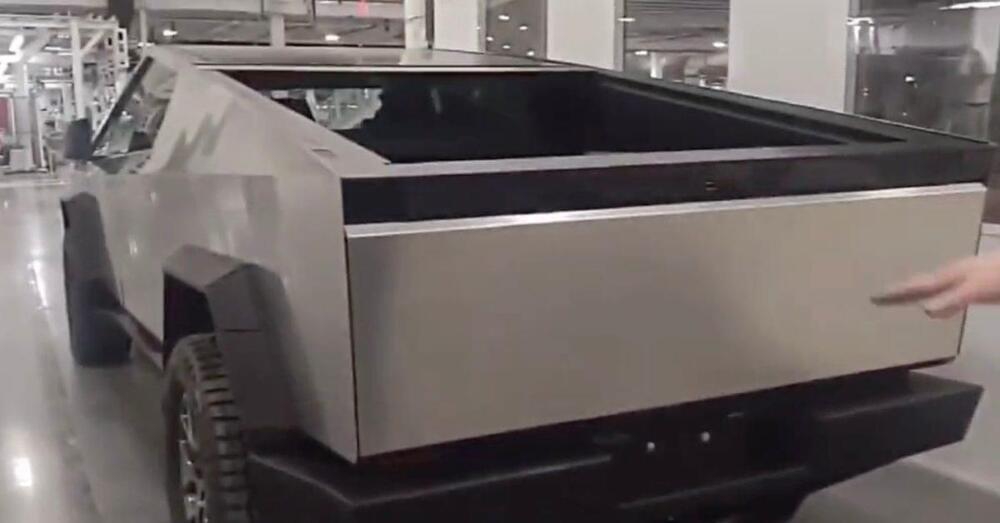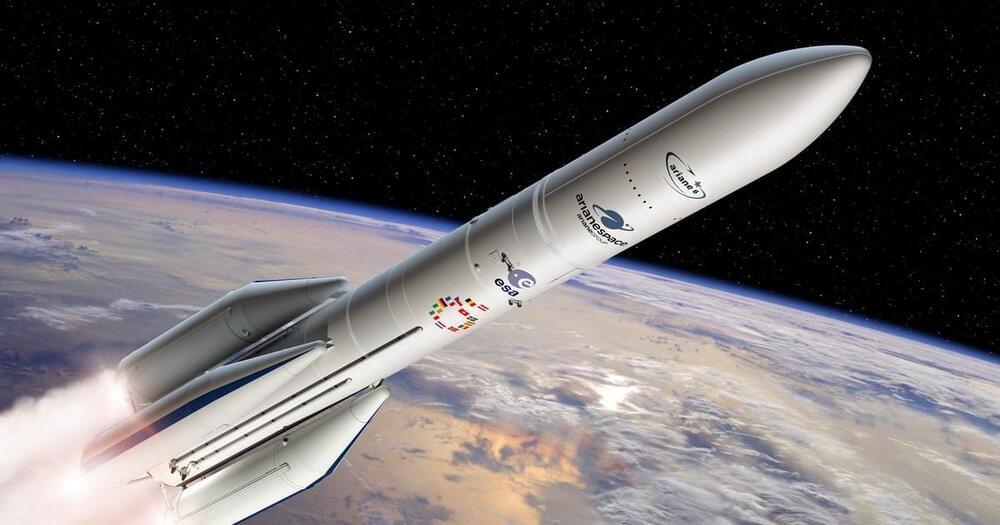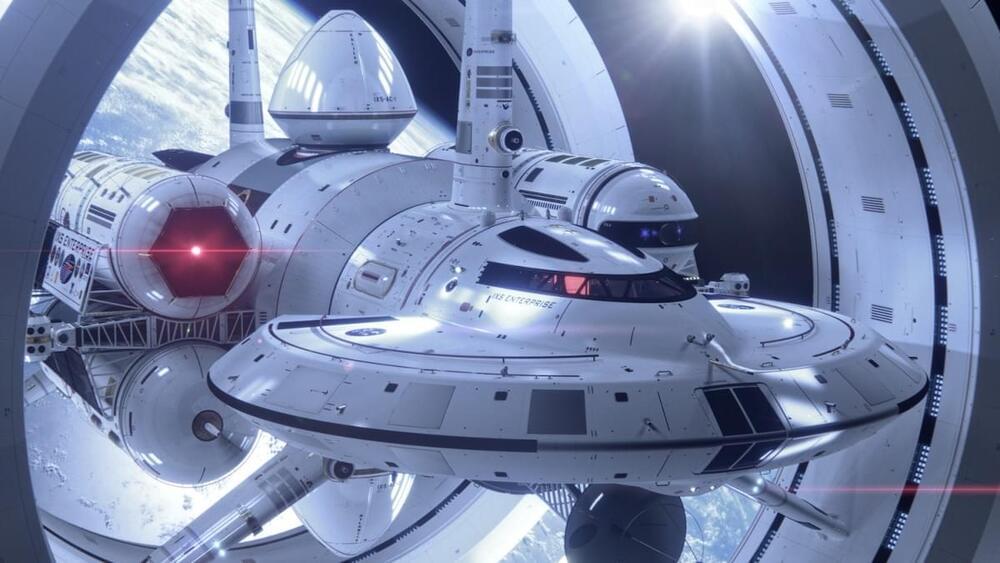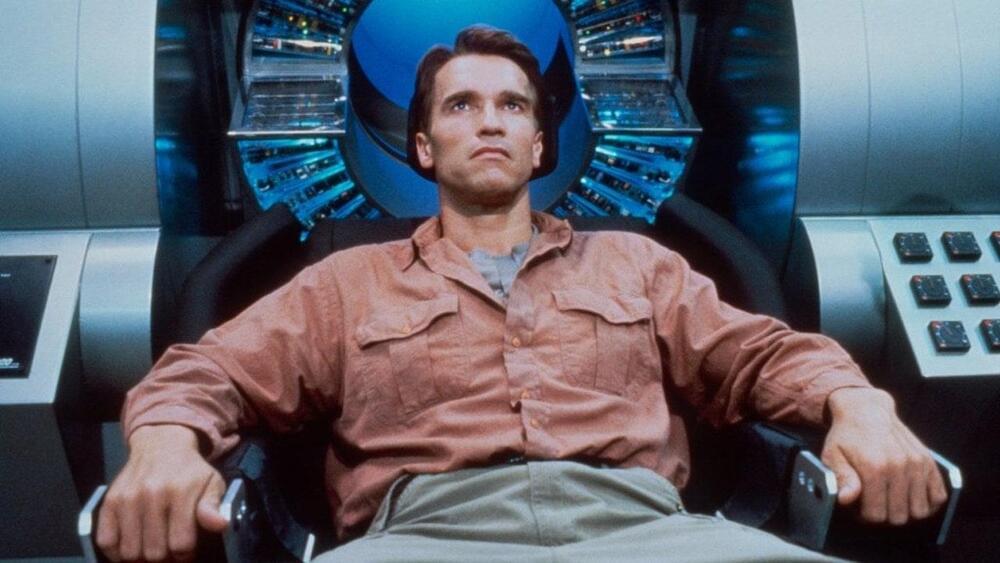The latest entry in the Coral range of low-power edge AI development boards is also Google’s first microcontroller board — “coming soon.”
Has the first phase of a new AI. Once the AI Research SuperCluster (RSC) is fully built out later this year, the company believes it will be the fastest AI supercomputer on the planet, capable of “performing at nearly 5 exaflops of mixed precision compute.”
The company says RSC will help researchers develop better AI models that can learn from trillions of examples. Among other things, the models will be able to build better augmented reality tools and “seamlessly analyze text, images and video together,” according to Meta. Much of this work is in service of its vision for the metaverse, in which it says AI-powered apps and products will have a key role.
“We hope RSC will help us build entirely new AI systems that can, for example, power real-time voice translations to large groups of people, each speaking a different language, so they can seamlessly collaborate on a research project or play an AR game together,” technical program manager Kevin Lee and software engineer Shubho Sengupta wrote.
In an attempt to clear the winter roads (and make deicing easier on the environment, vehicles, and infrastructure), cities across the U.S. are exploring rock salt alternatives — and beet juice is one of the most promising.
Ice breaker: Adding salt to water can drop its freezing point below 32 degrees Fahrenheit.
That little quirk of chemistry has proven incredibly useful for driving in winter weather — by dumping rock salt on roads when it snows, we can prevent water on them from freezing (or melt ice that’s formed) until temperatures sink below 15 degrees Fahrenheit.
What would happen if a nuclear bomb 100 times the size of the one dropped on Hiroshima hit a city of 4 million people?
#Engineering
The impact of a nuclear bomb dropped in a big city has been simulated by Neil Halloran and the Nobel Peace Prize committee. Watch the video to see it.
👉For business inquiries: [email protected].
✅ Instagram: https://www.instagram.com/pro_robots.
https://www.youtube.com/watch?v=xppMgm2buuM
You are on the PRO Robots channel and in this video we present to your attention the news of high technology. Robots and technology for the military, Elon Musk’s tower, a new humanoid robot, new drones of unusual designs and robots for various tasks. See all the most interesting technology news in one issue! Watch the video to the end and write in the comments, which news surprised you more than others?
0:00 In this video.
If that can’t happen, Spencer said he hopes to see a system that lets you bring a “banned user list” to a new network.
After a few pictures leaked this weekend, we now have a full video walkaround of Tesla’s latest Cybertruck prototype.
As we previously reported, some pictures of the latest Tesla Cybertruck have leaked this weekend. It appears to be from Gigafactory Texas, where the automaker plans to build the electric pickup truck late this year. The pictures gave us a better look at the lack of door handles as well as the new wheels without any aero cover on.
But now, a video of the same Cybertruck prototype was released and it gives us an even closer look at the truck. The video appears to have been filmed by contractors or new employees at Gigafactory Texas, based on the commentary on the video that was shared on Facebook:
The European Space Agency is planning to use the Ariane 6 for a variety of missions.
Here’s what you need to know about how they compare.
Ariane 6 vs. SpaceX: How much can it send to low-Earth orbit?
“Here’s How Humans Might Beat Other Intelligent Life in a Science Fictional Space Race | Tor.com”
Suppose for the moment that one is a science fiction writer. Suppose further that one desires a universe in which intelligence is fairly common and interstellar travel is possible. Suppose that, for compelling plot reasons, one wants humans to be the first species to develop interstellar flight. What, then, could keep all those other beings confined to their home worlds?
Here are options, presented in order of internal to external.
The easiest method, of course, is that while our Hypothetical Aliens—Hypotheticals for short!—are just as bright as we are, a glance at human prehistory suggests that there is no particular reason to think we were fated to go down the technological path that we did. Sure, the last ten thousand years have seen breakneck technological development, but that’s just a minute portion of a long history. Anatomically modern humans date back 300,000 years. The last ten thousand years have been highly atypical even for our sort of human. Other human species appear to have come and gone without ever venturing out of the hunter-gatherer niche. Perhaps the development of agriculture was a wildly unlikely fluke.
Elon Musk’s brain chip company Neuralink appears to be gearing up to launch its first-ever human trials, with the firm now looking to recruit a director to run the tests.
According to The Guardian, the entrepreneur, who owns a variety of science-based start-ups, is preparing to take Neuralink’s brain chip research to the next stage by hiring a mission-driven Clinical Trial Director to begin human testing. The company is moving toward potentially finding a way to use the technology to treat people with brain and spinal injuries.
